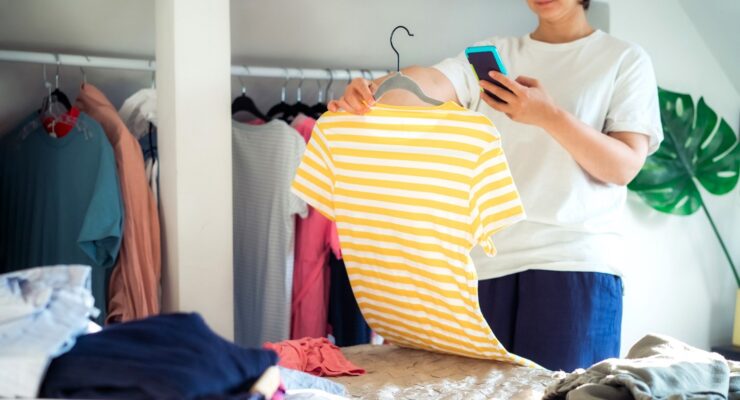How to Get Your Grill BBQ-Ready
Article posted in: Lifestyle
With warm sunny days and the fresh smell of spring in the air, we can’t help but think about one thing: Grilling. There’s just something about beautiful weather that makes us want to get grilling. But, before you head outside, turkey burger or veggie kabobs in hand, there are a few important spring cleaning tasks to check off your list:
Wash it Up
It’s not a fun job, but it must be done if you want to enjoy the full flavor potential and maximum performance that your grill can offer.
If you own a gas grill…
Disconnect the tank first, and peek to see if any of the hoses need to be replaced. Test the knobs and controls to ensure they still work properly. Remove any internal parts that can be disconnected and soak them in hot soapy water; then, scrub the parts with a rag and rinse well. Soap up a wire brush and scrub the grates; if you have aluminum grates, use a plastic-bristled brush. Be sure to rinse all of the parts thoroughly. To prevent grease fires, don’t forget to clean your grill’s grease tray and to replace the drip pans. Finish cleaning the interior of the grill by scraping accumulated gunk and debris. Lastly, clean the outside of the grill; using the appropriate cleaner for stainless steel surfaces.
If you own a charcoal grill…
You will perform many of the same steps as outlined above, but you will first need to focus on cleaning out ash and coal that may have been left behind. Then, scrub and hose out the inside and outside of the grill, wiping it down with a rag to finish, and wash the grates with dish soap. Let everything air dry. Once everything is completely dry, add charcoal and the grates and light the grill. Put the lid on top for about 20 minutes, allowing the fire to burn off any remaining debris.
Examine the Tank
If you have a gas grill, you will want to check to see if you have any propane leaks. Use soapy water to coat the regulator, valves and hoses, and turn on the tank. If you see bubbles forming, turn off the tank and tighten the connections. Run the test again. If you still have a leak, you will need to replace the hoses, or even the tank. Check your propane levels on your grill’s built-in gauge or purchase a grill gauge at a local hardware store.








